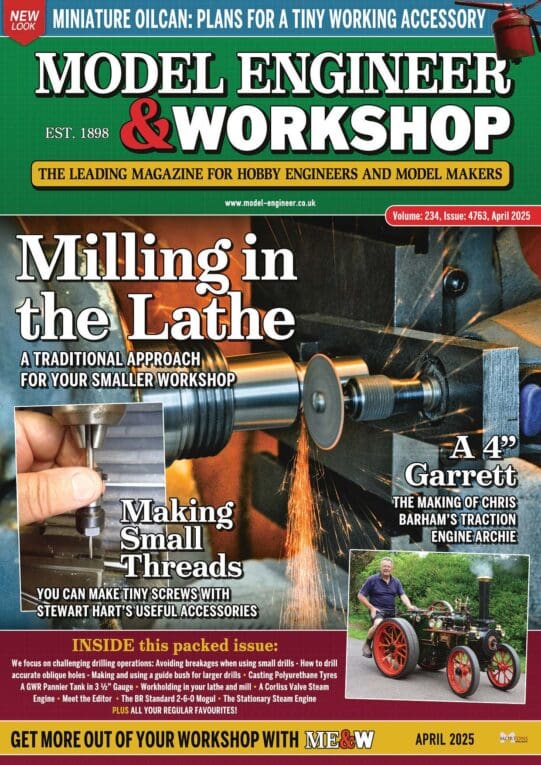This has come up before.
Worry thee not!
It might have a rocking-grate of some form, but anyway your description suggests no reason the locomotive cannot be used.
.
Last year I think now, one of ME's regular contributors (Doug Hewson if I recall correctly) wrote of someone barred from running his locomotive at a club track by the club's boiler inspector because the grate could not be dropped rapidly. The author pointed out that the ban was wrong.
I studied my latest-edition copy of the MELG. It contains NO recommendation, let alone requirement, for a quick-dropping grate. It does not even mention grates! The rules are of pressure-vessel integrity not fire-grate design.
.
Another writer around the same time (Peter Seymour-Howell?) described his own fine-scale 5"g loco's grate and ash-pan as close to original, I think with a rocking grate in some form. There is too much steelwork around the chassis for dropping the whole lot out. He explained that should you ever need put the fire out rapidly, stuff rag down the chimney to block it, and turn the blower on hard, with the fire-door latched shut. It cuts the air-flow, pushes the fire gases backwards down into the ash-pan, and smothers the fire – keep hands clear lest any blow-back from below the footplate.
.
Better than a grate section made for wangling out through the fire-door and hopefully wangling back in (when the engine is cold!), is to hinge that part at its front end, released by a catch whose control lever imitates that for the full-size rocking-grate or second damper control.
.
The BR Standard full-size rocking-grate looks fairly complicated in the official Handbook diagrams (I've not seen one in the steel) but I would think a miniature edition, feasible.
It is divided cross-ways, with extensions below the bars pivoting on longitudinal links connected to a lever on the footplate. The geometry is that of a parallelogram.
The lever has a simple safety-collar to limit fire-bar movement and gaps to breaking and dropping clinker into the ash-pan without losing the lot. Raising the collar gives full travel to tip the fire-bar sets nearly vertically to drop the fire; not into the ash-pan, but through the pan's open doors into the disposal pit.
.
There is no reason that Royal Scot cannot be certified for service purely on grate and ash-pan design. It simply needs extra care in use, and knowing what to do if it ever becomes necessary to put the fire out rapidly.
I may be wrong but I think your friend's Royal Scot having a damper makes it unusual among miniature locomotives; and I've often wondered why that is. However, it also leads me to ask if it has a lever-operated grate as well – I would expect its lever to be be on the fireman's side of the footplate, perhaps next to the damper lever.
.
If the grate cannot be dropped or swung open, the only disposal method is to shovel the fire out, which is fiddly and risks a messy cab, but does not take long. May be best done after the fire has died out and locomotive cooled down naturally; the slower cooling also better for the boiler as well as your fingers.
My preferred disposal method with our club's loco, a 7.25" g 'Wren' which does have a one-piece drop-grate /ashpan assembly, is to slice a lot of the run-down fire down through the grate, shovel the rest out, then rake the ashpan empty – no dropping an assembly which on this specimen is awkward to replace.
You don't want to leave clinker in the firebox or embers jammed between the bars, but odd bits of half-burnt coal loose on the grate won't hurt. The next running session will use them up!
Ian Mackay 1.




